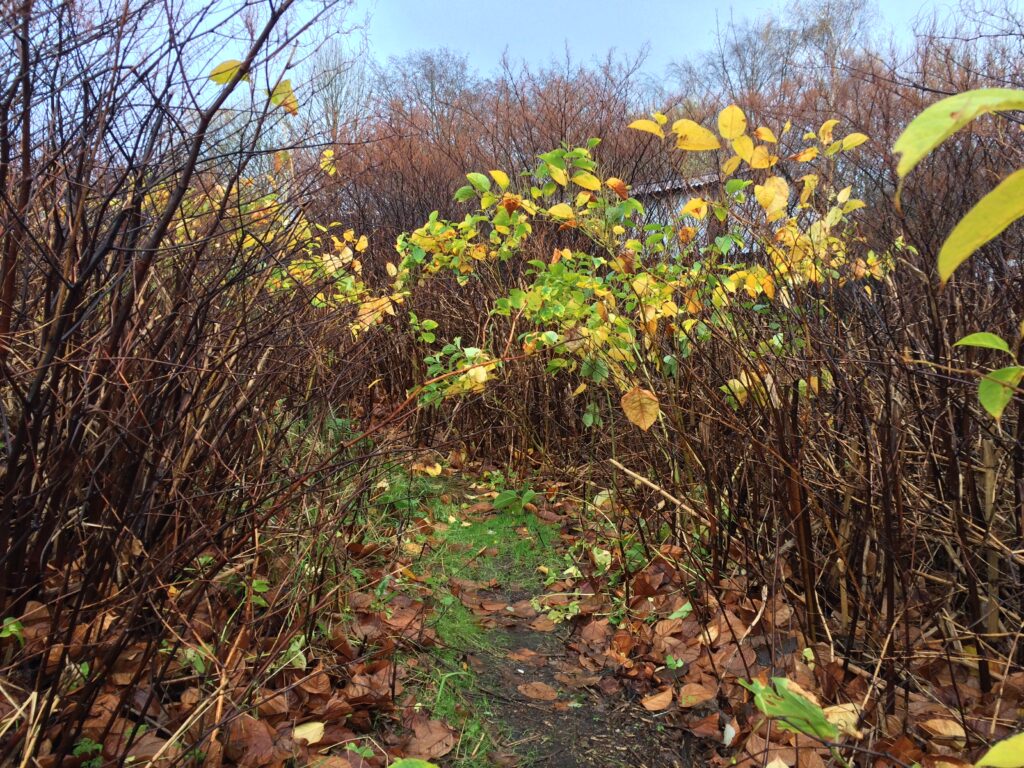
Last month, the IPBES Invasive Alien Species Assessment was released to widespread (and deserved) acclaim.
This detailed, thorough report from the snappily-named ‘Intergovernmental Science-Policy Platform on Biodiversity and Ecosystem Services’ runs to over 50 pages, contains a wealth of information and comes endorsed by senior figures at the United Nations and the Convention on Biological Diversity. The report has been well-received by environmental groups and forward-thinking media outlets across the world.
The authors have also made significant efforts to reach out and inform interested parties worldwide, including providing informative presentations to those dealing with invasive species in the UK.
In a recent presentation about the report, Professor Helen Roy of IPBES described the “major and ongoing threat” of invasive species, particularly citing economic activity, climate change and the rapid change of use in both land and sea environments as key drivers of the spread of invasive species.
She highlighted the major and devastating impacts on landscapes and ecosystems, including that invasive species drive 60% of extinctions worldwide and outlined that while most countries have targets or strategies related to invasive species, 80% don’t have legislation and investment is minimal.
One particularly sobering figure in Professor Roy’s presentation was that the impact of invasive species is quadrupling every decade, meaning that we’re on a short course to an unsustainable future.
Professor Roy stated that prevention remains the most effective intervention in managing invasive species but containment and control remain valuable tools, as well as programmes of eradication (particularly where the risk of re-infestation is low), which suggests that INNSA members still have a key role to play in a future where the impact of invasive species will continue to grow.
While detailed and, in parts, very technical, the meat of the IPBES report is billed as a ‘Summary for Policy Makers’ and is broadly clear enough to be read by those outside the invasives industry and scientific communities. It includes a ‘Key Messages’ section, which highlights invasive species’ threats to people, nature, water security and the economy, as well as looking at how invasive species affect every region of the world and significantly contribute toward social inequality.
One of the Key Messages of the report is that ‘Overall, policies and their implementation have been insufficient in managing biological invasions and preventing and controlling invasive alien species’ – and this really gets to the heart of my thoughts on this report.
In short, while we’re all under threat of the negative repercussions of invasive species (just as we are to climate change), we’re almost entirely reliant on government action to make meaningful change – and most governments are not interested in the investment and coordinated long-term action that is needed to mitigate or solve these problems, or worse, they’re rolling back on existing commitments to achieving net zero and de-funding environmental agencies.
Unfortunately for campaigners looking for a key message to latch on to, or concrete actions that they can campaign for, there is little in the way of ground-level solutions or evidence for the “multiplier value” of investment in preventative interventions to offset the headline $423bn current global annual costs of negative impacts from invasive species.
While a ten-page chunk of the report is dedicated to recommendations, these sadly contain a lot of nebulous management speak and top-level strategic goals, such as ‘long term commitment and resourcing from governments’, ‘integrated governance approach’ and ‘coherent policy instruments’ – which provide little in practical terms for anyone lobbying government to provide such solutions…
Or if you prefer “no doy” observations, we have: ‘National scale strategies and action plans are instrumental to successfully managing biological invasions’ or ‘public awareness and engagement contribute to effective management’ – which even the report cites as ‘well established’ (i.e. they’re already common knowledge).
At worst, the observations are poignant reminders of where we’re going wrong: ‘Indigenous Peoples and local communities… could contribute to addressing biological invasions’, the report states – and yet the reality shown in the days after the report was released is that indigenous peoples continue to be routinely dispossessed in places like Brazil and denied enhanced representation in government in Australia, while flood events like Storm Babet continue to add fuel to the fire, spreading invasive species ever more widely around the UK and undermining local efforts to control them.
Just like the climate reports detailing the breakdown of the systems that we rely on to maintain human civilisation as we know it, the IPBES report’s smart, well-thought out and well-intentioned findings are likely to be broadly ignored by short-sighted governments across the world.
The UK government’s track record of both inaction and ill-advised decisions such as blocking onshore wind farms while licensing new oil drilling and coal mining … of plans to deregulate environmental protections for housebuilding while failing to meet its own targets for new housing … and of standing by while water companies raid consumers’ pockets to the tune of £10bn while still paying out billions to shareholders all shows a familiar pattern that is repeated in its response to invasive species.
We see interminable delays to updating 2013’s “five year” National Action Plan for the Sustainable Use of Pesticides (still not released at time of writing in 2023); we see the most costly and impactful species missing from key legislation and government ignoring advice to restrict imports to prevent the introduction of ash dieback while convening a committee to investigate ways to reduce investment into Japanese knotweed remediation on private land (aka a plan to reduce friction in the housing market, with seemingly little understanding of why Japanese knotweed has such a marked effect on property values).
Quite simply, we see a veritable parade of steps in the wrong direction while alarm bells are sounding from all sides. The IPBES report is yet another important call to action… a call which INNSA fears is just going to be ignored.
